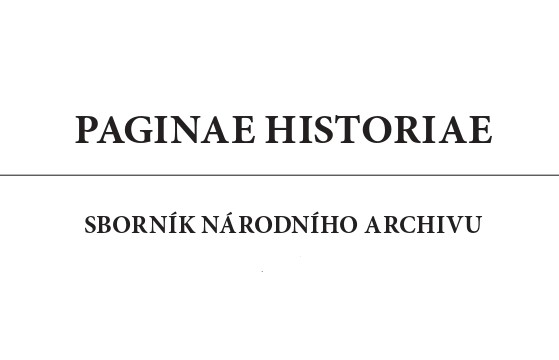Definitivní stanovení hranice Československa a Rumunska na Podkarpatské Rusi po roce 1918
Final Setting out of Borderline between Czechoslovakia and Romania in Carpathian Ruthenia after 1918
Author(s): Jan KrlínSubject(s): Regional Geography, Political history, Pre-WW I & WW I (1900 -1919), Interwar Period (1920 - 1939), Geopolitics
Published by: Národní archiv
Keywords: Czechoslovakia; Romania; Carpathian Ruthenia; borderline;
Summary/Abstract: The paper is based on unpublished archival sources from the Václav Roubík personal papers – documentation of state borders (1742–1941). The goal of the study is the analysis of documents pertaining to the definitive setting out of the borderline between Czechoslovakia and Romania after 1918 in the Carpathian Ruthenia region. In 1921–1925, there were local conflicts between Czechoslovak Border Committee and Czechoslovak Gendarmerie on one side and Hungarian and Romanian authorities and the local population on the other. On behalf of Czechoslovakia it was Václav Roubík who was authorized to stake out the Czechoslovak-Romanian border. Roubík held important positions in Prague and Vienna in fields of construction and commerce before 1918; in the new state, he was appointed a section chief in the Ministry of Public Works in Prague. Other members of the Committee were Colonel Uffer on behalf of France, Colonel Carrey on behalf of Great Britain, Colonel Pellicelli on behalf of Italy and Colonel Dimitrescu on behalf of Romania. The Committee was supposed to deal with territorial disputes between Czechoslovakia and Romania over, among others, Fetös – Almáš, Sighetu Marmației, or Sásfalú.
Journal: Paginae Historiae
- Issue Year: 23/2015
- Issue No: 2
- Page Range: 110-140
- Page Count: 31
- Language: Czech

